Rising Demand for Autonomous Vehicles
The Solid State Automotive LiDAR Market is significantly influenced by the rising demand for autonomous vehicles. As manufacturers strive to develop fully autonomous driving systems, the need for advanced sensing technologies becomes paramount. LiDAR systems provide critical data for navigation and obstacle detection, making them indispensable for the safe operation of autonomous vehicles. Market analysts indicate that the demand for LiDAR in automotive applications could reach several billion dollars by the end of the decade, driven by both consumer interest and regulatory pressures for enhanced safety features. This trend underscores the importance of solid-state LiDAR systems, which offer improved performance and cost-effectiveness compared to traditional systems.
Focus on Safety and Regulatory Compliance
The Solid State Automotive LiDAR Market is increasingly shaped by a heightened focus on safety and regulatory compliance. Governments and regulatory bodies are implementing stringent safety standards for vehicles, particularly those equipped with autonomous driving capabilities. LiDAR technology plays a crucial role in meeting these safety requirements by providing accurate and real-time data for collision avoidance and navigation. As a result, automotive manufacturers are investing heavily in solid-state LiDAR systems to ensure compliance with evolving regulations. This trend is expected to drive market growth, as companies seek to enhance their product offerings and maintain competitive advantages in a rapidly changing regulatory landscape.
Cost Reduction and Manufacturing Efficiency
The Solid State Automotive LiDAR Market is also influenced by ongoing efforts to reduce costs and improve manufacturing efficiency. As production techniques evolve, manufacturers are finding ways to lower the costs associated with solid-state LiDAR systems. This includes advancements in materials and processes that enhance scalability and reduce waste. The potential for cost-effective LiDAR solutions is crucial for widespread adoption, particularly in the automotive sector, where price sensitivity is a significant factor. Analysts suggest that as manufacturing efficiencies improve, the price of solid-state LiDAR systems may decrease, making them more accessible to a broader range of automotive applications and accelerating market growth.
Technological Advancements in LiDAR Systems
The Solid State Automotive LiDAR Market is experiencing rapid technological advancements that enhance the performance and reliability of LiDAR systems. Innovations such as solid-state technology, which eliminates moving parts, contribute to increased durability and lower maintenance costs. These advancements allow for higher resolution imaging and improved object detection capabilities, which are crucial for autonomous driving applications. As a result, the market is projected to grow significantly, with estimates suggesting a compound annual growth rate of over 20% in the coming years. This growth is driven by the need for more sophisticated sensing technologies that can operate effectively in diverse environmental conditions, thereby expanding the potential applications of LiDAR in the automotive sector.
Integration with Advanced Driver Assistance Systems (ADAS)
The Solid State Automotive LiDAR Market is benefiting from the integration of LiDAR technology with Advanced Driver Assistance Systems (ADAS). As vehicles become more sophisticated, the demand for systems that enhance driver safety and convenience is on the rise. LiDAR provides essential data for features such as adaptive cruise control, lane-keeping assistance, and automated parking. The market for ADAS is projected to grow substantially, with estimates suggesting that it could reach over 60 billion dollars by 2030. This growth is likely to propel the adoption of solid-state LiDAR systems, as manufacturers seek to incorporate cutting-edge technology into their vehicles to meet consumer expectations and regulatory demands.

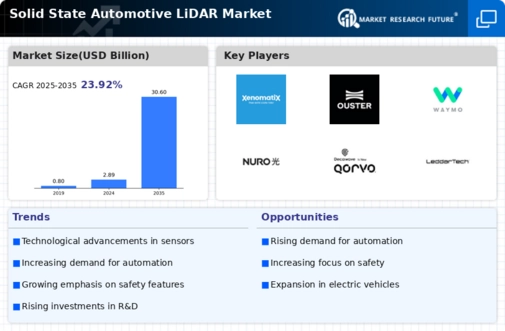
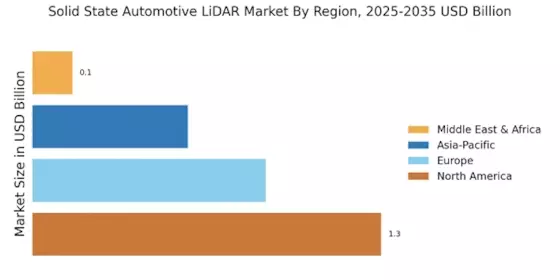
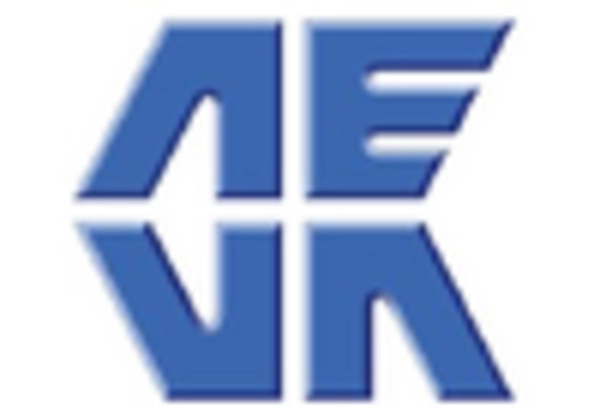
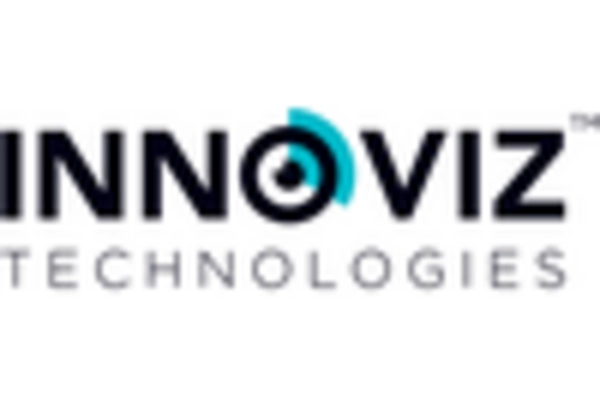
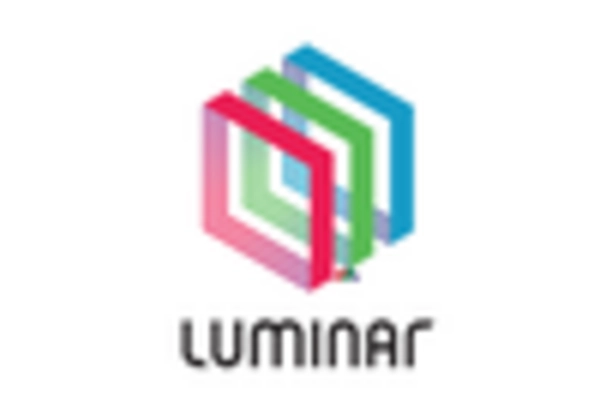
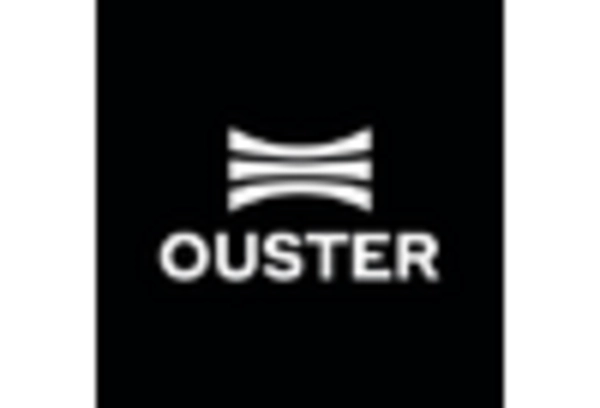
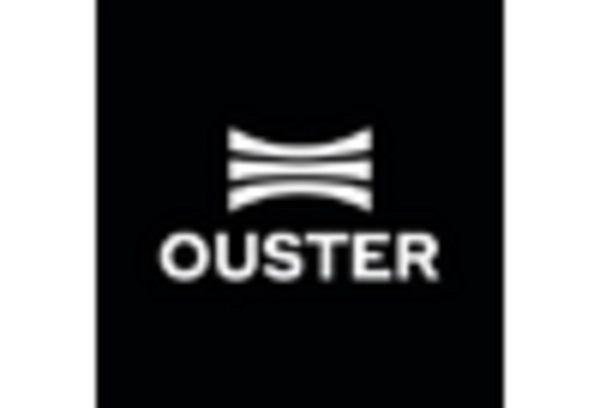
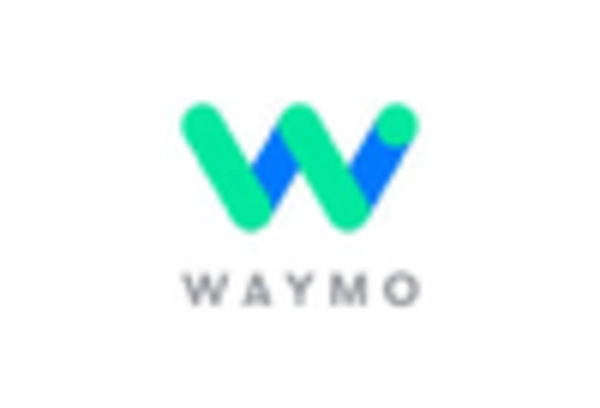








Leave a Comment